Green Living Toolkit
The Green Living Toolkit is your essential guide to sustainable living on Florida’s Suncoast.
We break it down to show you the most effective solutions, curated especially for Sarasota and Manatee County residents. We connect you with local events and experts on energy, food, waste, water, and nature. The Toolkit is designed with options to meet you where you’re at, then help you level up to live smart and future-focused. Every step you take accrues personal and community benefits, now and for future generations
With the Green Living Toolkit, it’s easy to love life and live green!
Explore Your Next Steps To Go Green
Community Events Calendar
One of the many benefits of living more sustainably is that it builds community. Volunteer, take a class or tour, attend an event, speak up for a cause. Our Community Events Calendar is the only one of its kind gathering all of these local eco-opportunities from over 100 organizations in one convenient, searchable listing.
Energy
Most of Florida’s electricity is generated by burning imported natural gas that releases 100 million tons of climate warming carbon dioxide annually. Only 5% of the Sunshine State’s electricity is generated from renewable sources. Florida homes consume more than half of all the electricity used in our state so as a homeowner, you can play a big role in our clean energy future. Improving home energy efficiency to reduce energy use and installing home rooftop solar for clean renewable energy is easier than you think.
Food
Expanding human populations are driving the conversion of natural lands to agriculture and development. Half of all habitable land on Earth is devoted to agriculture, and farming and forestry activities generate 24% of greenhouse gas emissions worldwide. In Florida, agriculture is the second largest economic driver after tourism. Of course, we can’t stop farming, but we can retool how we grow, select, and dispose of our food in order to reduce water pollution, green house gas emissions, and habitat degradation. Cultivating food sustainably is good for us, our community, and our world.
Waste
Americans produce almost 200 million tons of trash each year—excluding green waste like food and yard trimmings. That’s over three pounds per adult per day. Only 35.6% of trash is recycled, mostly paper and cardboard. Single-use plastics make up 11% of what Americans throw away, but only 3% of what we recycle. Creating less waste in the first place by refusing, reducing, reusing, and repurposing unwanted items is the best solution—then recycle all you can.
Water
You may have heard that there is no new water (H2O) on earth, only the same raindrops cycled over and over again. The water we drink and use to wash, flush, and irrigate is borrowed from the environment, where we pump it from underground, from reservoirs, and from rivers. In turn, whatever we put on land, or down the drain, eventually winds up in lakes, rivers, bays, and the Gulf of Mexico. Protecting water sources and preventing pollution keeps the waterways that support us healthy, in an endless cycle. That’s why all of us need to be in the know about H2O.
Nature
On average, Americans spend about 90% of their time indoors, so it’s easy to forget our vital lifeline to the natural world around us. Spending time in nature is a proven tonic to the stress and fatigue of modern life for adults and kids. As you explore outside, you grow aware of nature’s subtle cues, and how to watch, listen, and do no harm. Even your yard can safely invite and support wildlife with the addition of a few essentials.
24 Ways to Get Started
Whether you’re looking to take action at home or in your community, here are some ideas to to get you started, make community connections, and share in the benefits of living more sustainably.
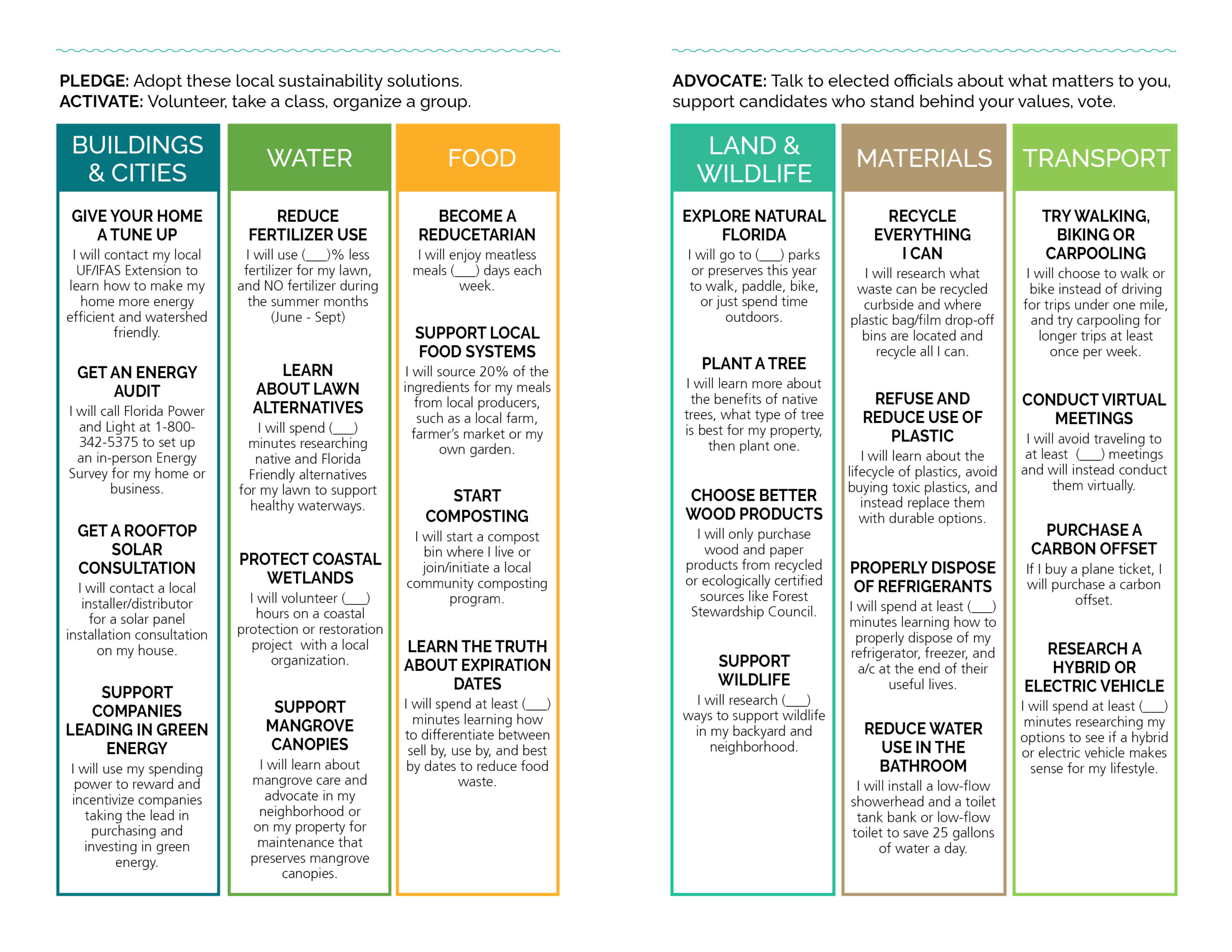
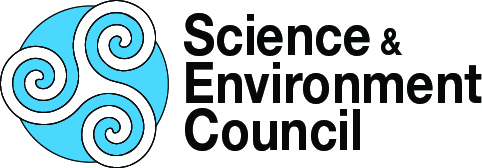

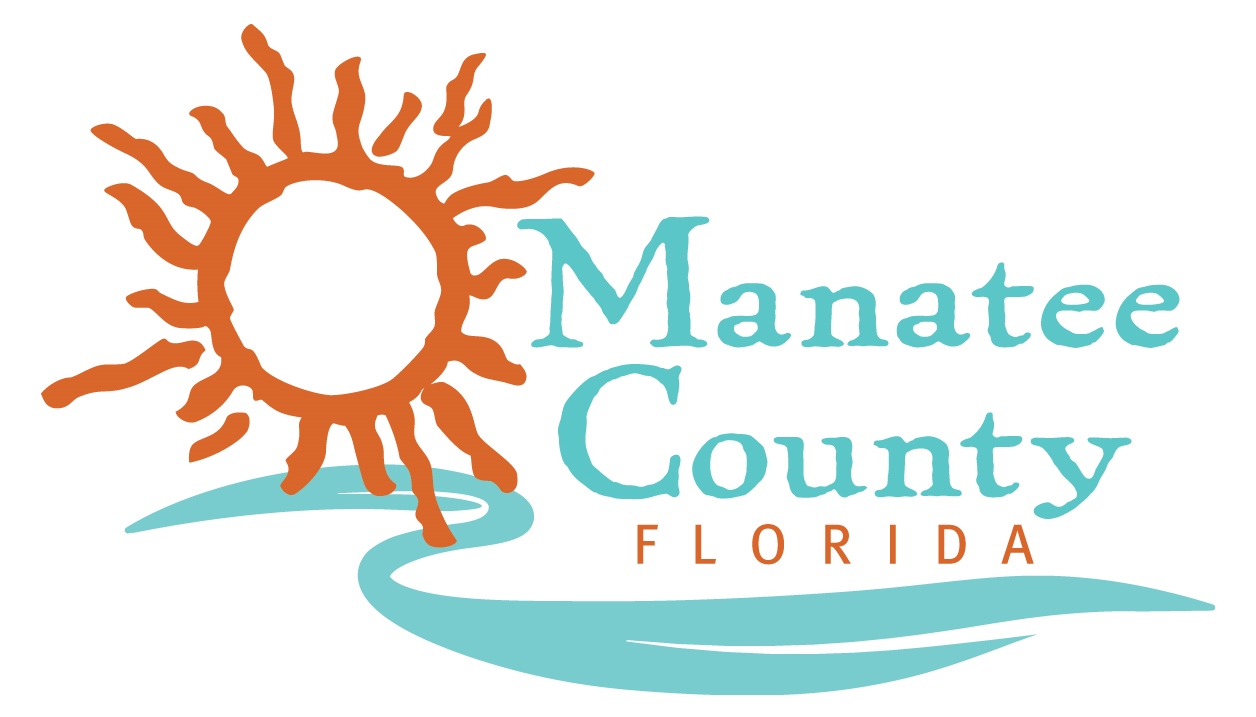

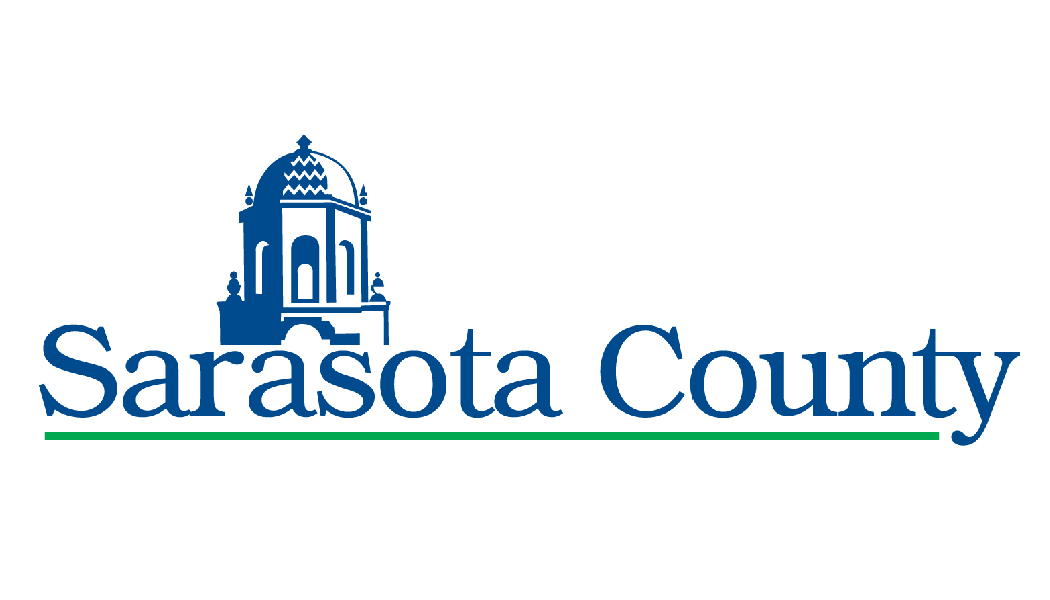
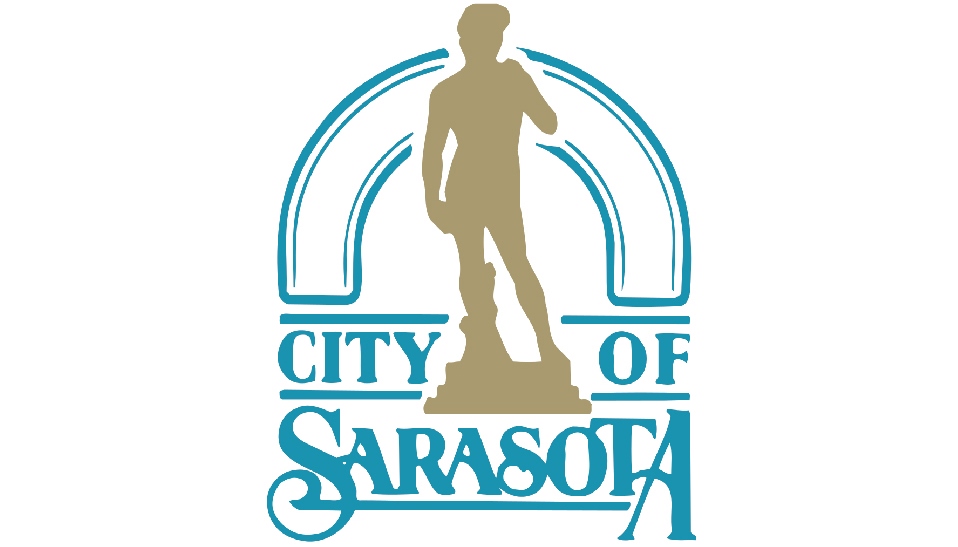
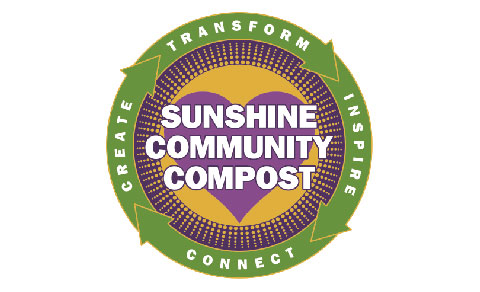


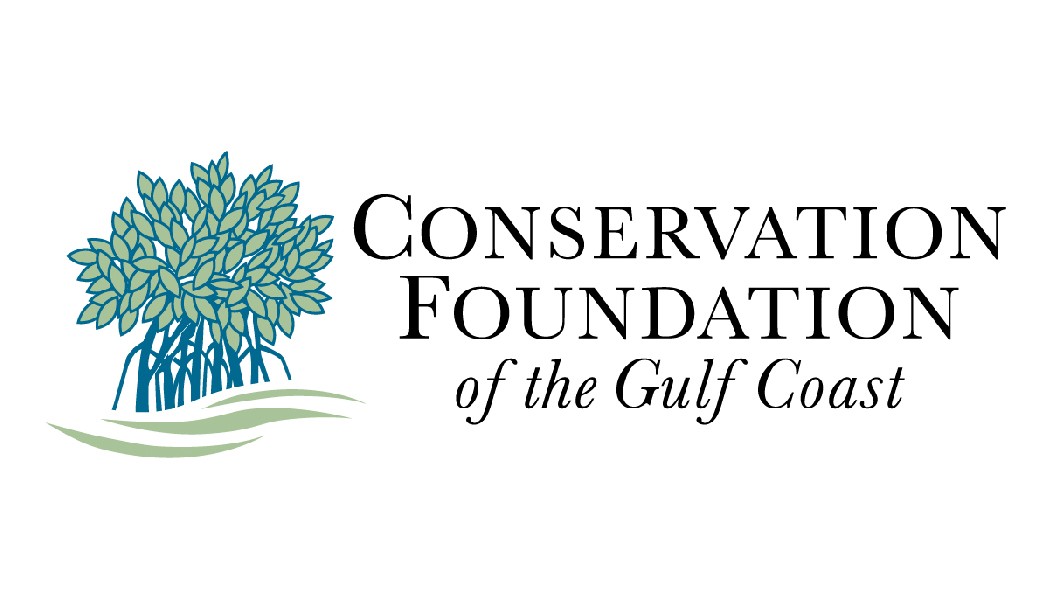
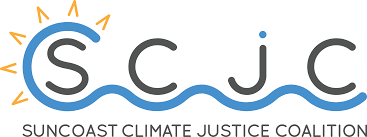
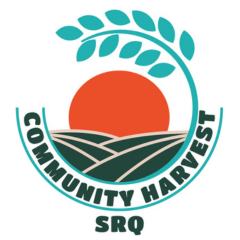
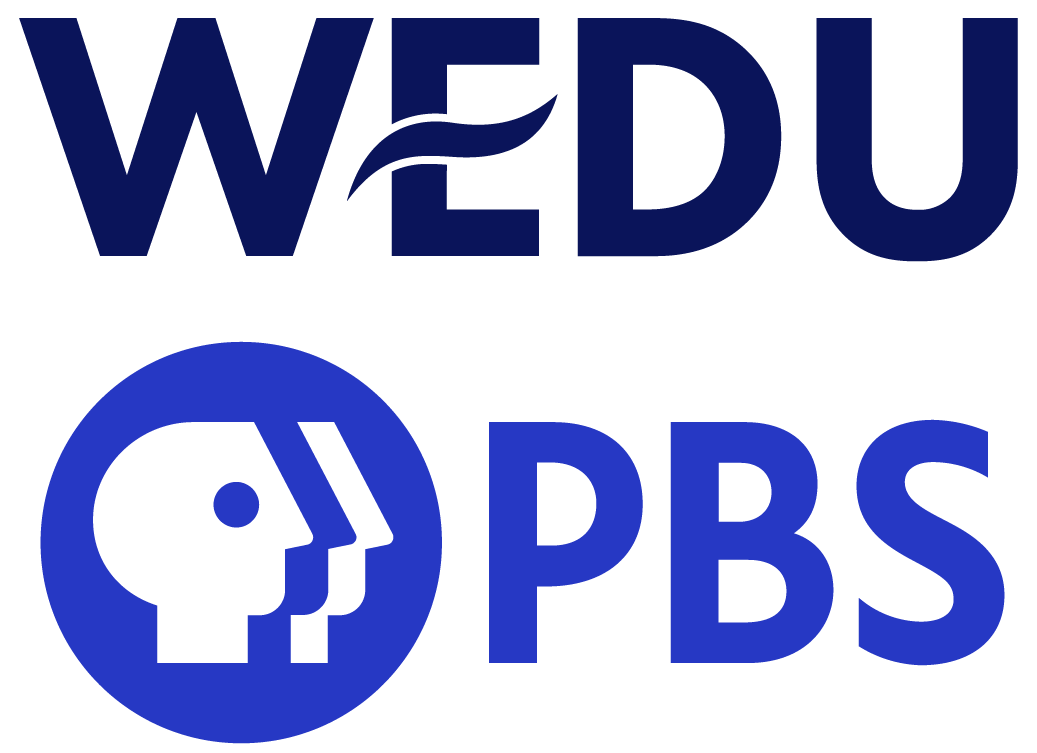

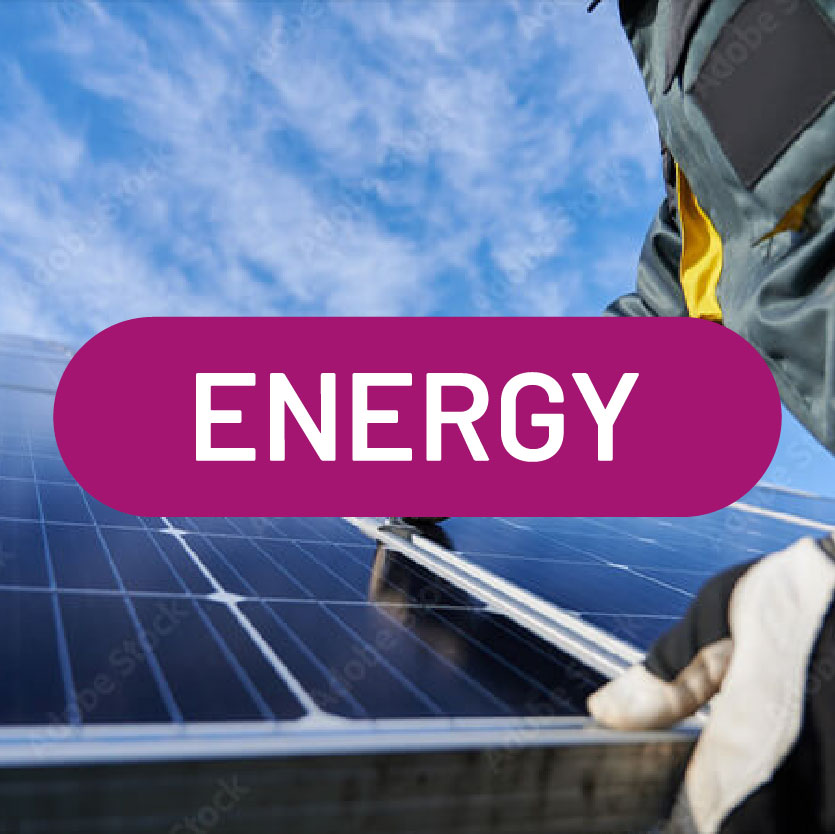
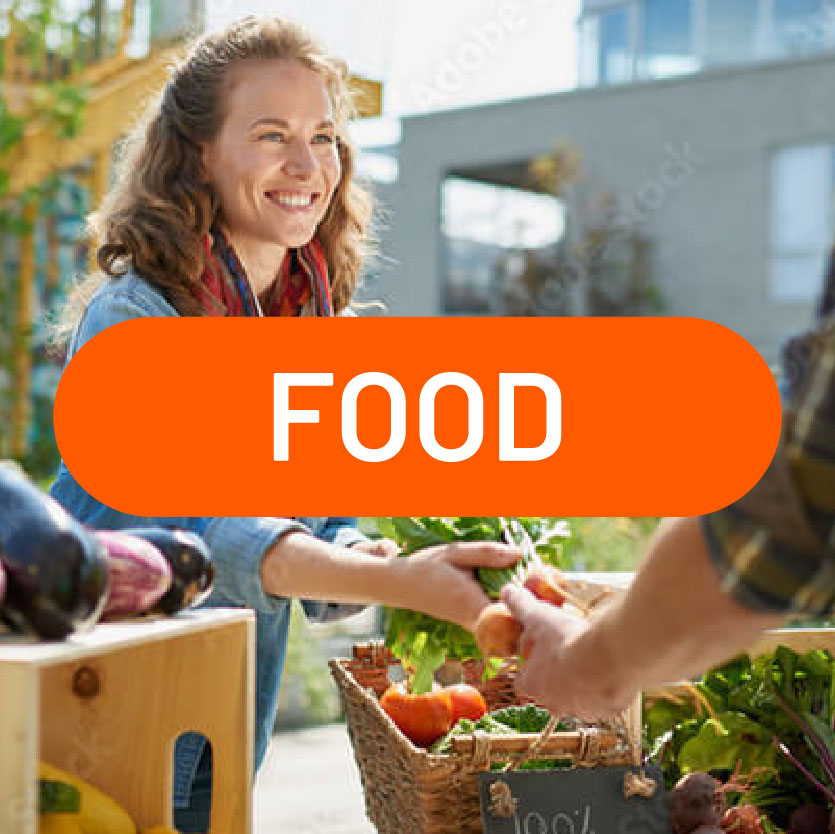
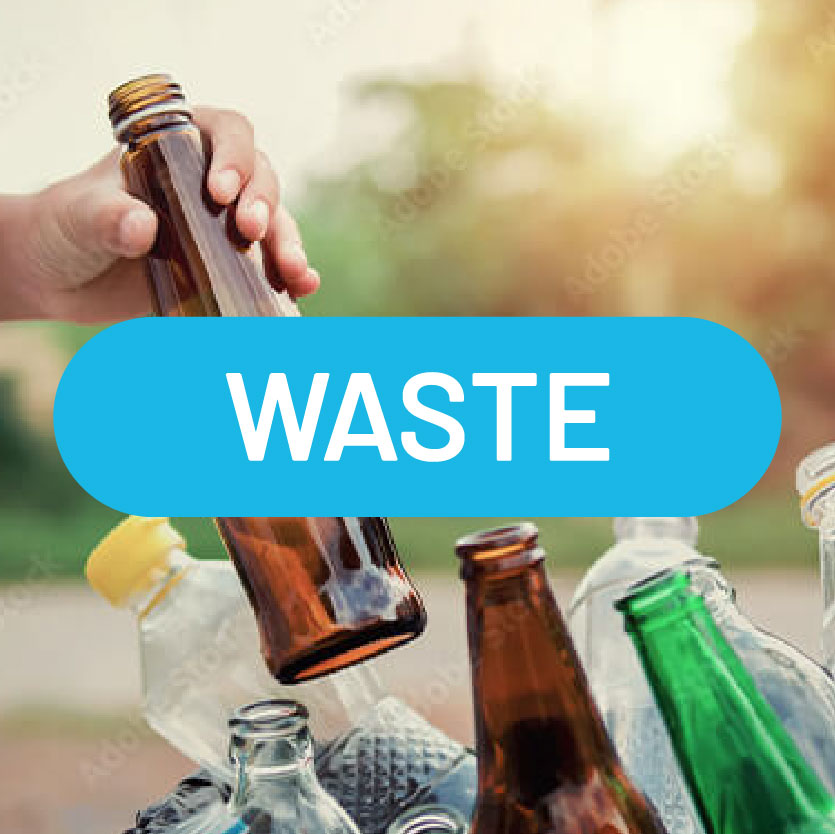
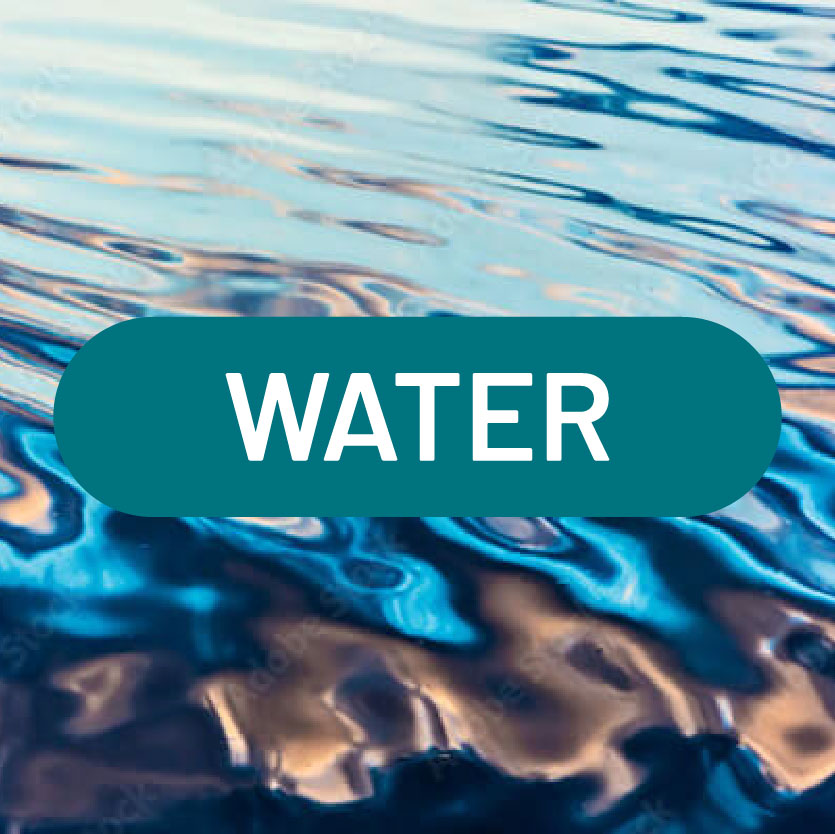
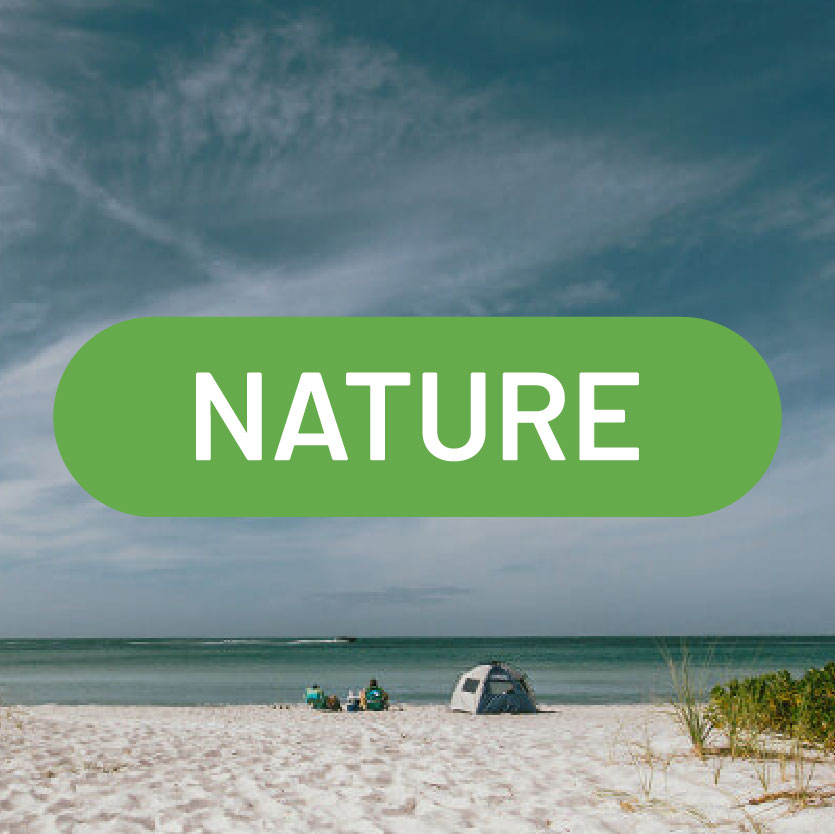
 Susan Glickman
Susan Glickman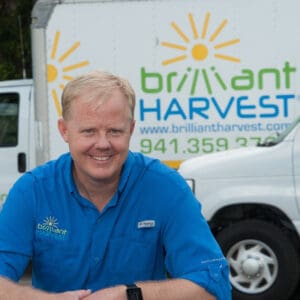 Bill Johnson
Bill Johnson Lee Hayes Byron
Lee Hayes Byron Duanne Andrade
Duanne Andrade Amber Whittle
Amber Whittle Sarah Dearman
Sarah Dearman Donn Githens
Donn Githens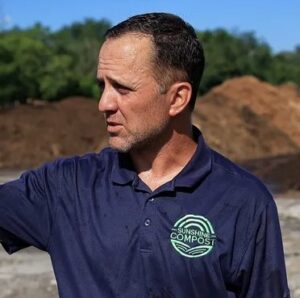 Mike Kelcourse
Mike Kelcourse Emily Grant
Emily Grant Zack Rasmussen
Zack Rasmussen Abbey Tyrna, PhD
Abbey Tyrna, PhD Sandy Gilbert
Sandy Gilbert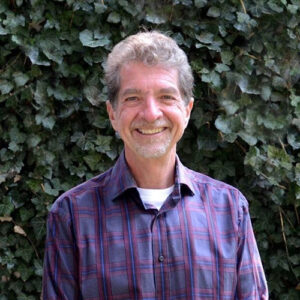 Bob Bunting
Bob Bunting Erica Gies
Erica Gies Maya Burke
Maya Burke Amanda Boone, PE
Amanda Boone, PE Jaclyn Lopez, JD
Jaclyn Lopez, JD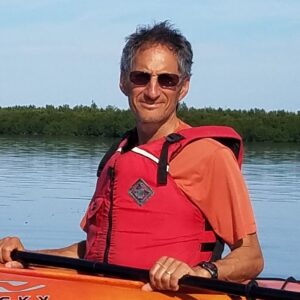 Joe Bonasia
Joe Bonasia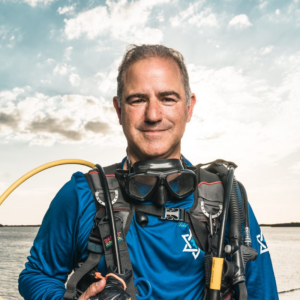 Rabbi Ed Rosenthal
Rabbi Ed Rosenthal John McCarthy
John McCarthy Ronda Ryan
Ronda Ryan Howard Hochhalter
Howard Hochhalter Kylie Wilson
Kylie Wilson Nate Brennan, PhD
Nate Brennan, PhD Damon Moore
Damon Moore Katie McHugh, PhD
Katie McHugh, PhD Craig Pittman
Craig Pittman Ed Sherwood
Ed Sherwood Dave Tomasko, PhD
Dave Tomasko, PhD Jennifer Hecker
Jennifer Hecker Randy Wells, PhD
Randy Wells, PhD Carl Hiaasen
Carl Hiaasen Jono Miller
Jono Miller Emily Hall, PhD
Emily Hall, PhD Mark Hostetler, PhD
Mark Hostetler, PhD John Keifer, PhD
John Keifer, PhD Jeanne Dubi
Jeanne Dubi Aedan Stockdale
Aedan Stockdale Hillary Van Dyke
Hillary Van Dyke Uzi Baram, PhD
Uzi Baram, PhD Tony Clements
Tony Clements Aliki Moncrief, JD
Aliki Moncrief, JD Christine Johnson, MBA
Christine Johnson, MBA Charlie Hunsicker
Charlie Hunsicker Jim Strickland
Jim Strickland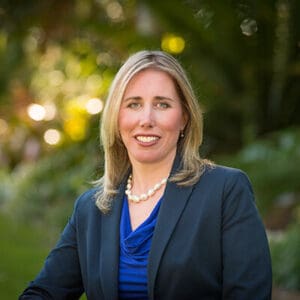 Jennifer Rominiecki
Jennifer Rominiecki Bill Waddill
Bill Waddill Timothee Sallin
Timothee Sallin Paul Owens
Paul Owens Van Linkous, PhD
Van Linkous, PhD Steve Cover
Steve Cover Juliette Desfeux
Juliette Desfeux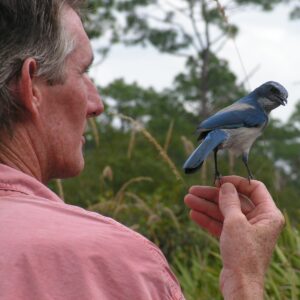 Jon Thaxton
Jon Thaxton Damon Gameau
Damon Gameau